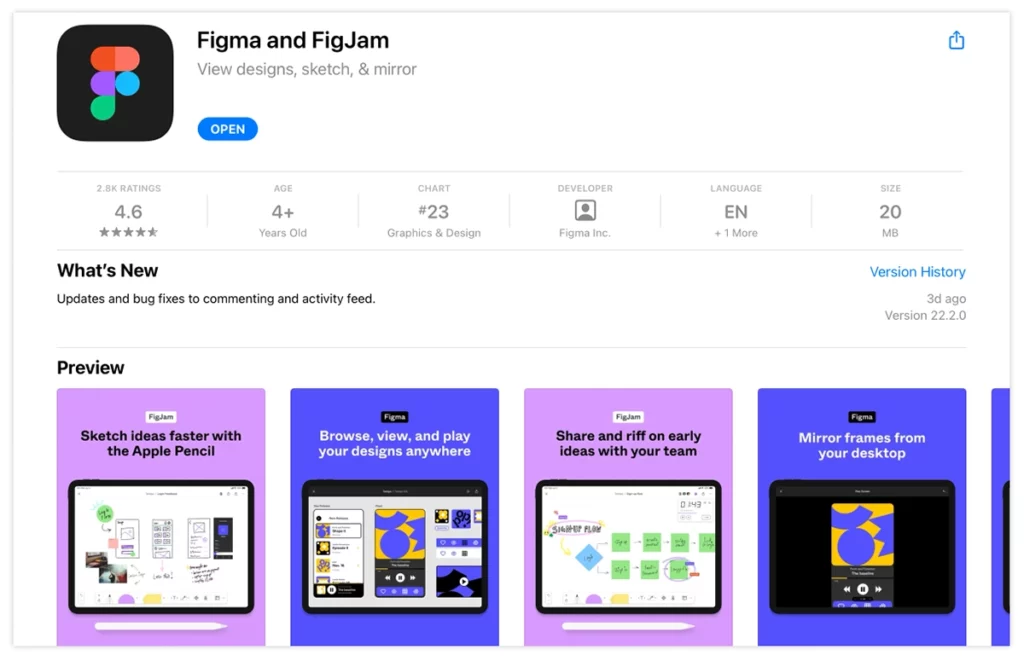Direct Network Effect: How the value of your SaaS can be enhanced
Leon Brown | OCT 04, 2022
7 min read
You may be approaching a large, multi-year renewal of a core piece of software used by your company. Or perhaps you’re investing in the growth of your teams by implementing new tools to help them succeed.
The problem is, the sheer volume of SaaS platforms now available can make it increasingly difficult to know whether you’re making the right decisions when it comes to software purchases.
Feature-by-feature comparisons might have been enough to base purchasing decisions on in years prior, but today this is rarely the case.
While cost might still be your primary concern, SaaS pricing is rarely accessible on vendor websites. Even when it is, you’re often required to enter into a multi-year purchase agreement to benefit from any real savings. Beyond the payment plan, a long-term contract means the teams that will be using the software are entering into a major commitment.
But apart from cost, features and basic functionality, what else is worth considering when renewing or purchasing SaaS?
Value, for one.
More specifically, the value that the vendor can offer beyond what is traditionally expected of a SaaS subscription. Value driven by the Direct Network Effect.
In this article, we’ll explain what the Direct Network Effect is, share an example of a vendor using it to provide enhanced customer value, and cover some key points to consider ahead of your next software purchase.
What are Direct Network Effects?
The Direct Network Effect is the idea that an increase in users improves the value of a product, service, or platform, which in turn attracts further users. Think of it as a “come for the tool, stay for the network” model.
Given that more and more organizations are opting for multi-year subscriptions to drive down costs, users are subsequently tied into longer commitments with these vendors. This means that for users to see real value, they need to be getting more than just the core product offering.
Direct Network Effect in SaaS: Figma
Figma, a web-based design platform, is the epitome of a SaaS company that’s found success by focusing on end-user value.
And this success has made recent headlines, after Adobe announced in September that it is acquiring Figma for $20 billion — marking the largest ever takeover of a private software company.

How did Figma take the digital design industry by storm?
Since its initial release in September 2016, Figma has developed a product strategy that has embraced customer relationships in a way that delivers mutual value. Perhaps without knowing it, founders Dylan Field and Evan Wallace stumbled upon a celebrated growth strategy — sequencing loops — and made champions of their users in a way that channeled user advocacy into a fuel for product growth.
But to understand Figma’s rise, we need to consider what the customer landscape was like before it existed.
Solving collaboration barriers
Software companies like Adobe have been digitizing the practice of design since the mid-1980s. But even in today’s cloud-first environment, the actual process of design is typically still a solitary one for designers. After working on a design, files are exported and shared over email or uploaded to a file-sharing service for reviews and revisions. Many project collaboration tools make it for easy for reviewers to relay their edits to designers, but a case could be made that this is the 21st century version of editors marking up design proofs in red pen.
Figma didn’t invent the concept of digital collaboration, but it did reinvent it.

The barrier to direct collaboration between designers and non-designers has been a long-time challenge for design professionals. Factor in the rise of remote working and the tangible roadblocks are even clearer — endless feedback loops, lack of visibility and, ultimately, less time available for designing. And the concept of collaborating on design in itself already carries an inherent and unique challenge: visual ideas can be hard to explain.
The core insight of Figma’s founding team was that the digital design process involves product managers, engineers, marketers, and senior business stakeholders just as much as it involves designers. They also recognized that excluding these parties from the design process resulted in weaker, slower moving businesses that could find efficiencies in cutting out design altogether.
Figma’s approach places the designer at the center of this complex relationship — promoting designers as respected digital craftspeople considered elemental to, and enabling for, the product-building process.
This formed the first sequence loop of Field and Wallace’s vision. To recognize that permeation of Figma into the company’s compounded growth was a direct example of the Direct Network Effect. And it directed Figma’s product strategy of offering premium power-user tools with accessibility to enable wider distribution — the product has advanced uses for designers, but it’s intuitive enough for non-designers to use many of its features within a relatively quick learning curve. It can be used to design a website, or it can function as a digital drawing board to share ideas.
Figma’s proceeding sequence loops involved expanding on this core principle of abstracting the role of a “designer” beyond their traditional remit. Figma pivoted to become a tool for designing, not just for designers.
But that’s not all it did.
Building a user community
Figma continued to add value to its customers by launching Figma Community in October 2019, a public marketplace allowing designers to publish files and plugins.
The feature specifically enabled non-designers to iterate on work built by power users, and eventually paved the way for designers to monetize their contributions through professional-grade plugins. Value for customers becomes powered by community growth and, in a digital-native, change-hungry user base, customers beget more customers.

Of course, Figma isn’t the only company taking advantage of the Direct Network Effect to deliver better value to customers. Online no-code website platform Webflow has been quietly celebrated for reaching 45,000 customers with very little VC intervention — building a cash-flow-positive business model that succeeds by offering free templates and access to the “Webflow University” portal for new users, and giving Webflow power users opportunities to speak on stage at its annual “No-Code” conference.
Both Figma and Webflow also manage private customer-only Slack groups and facilitate localized in-person meetups in a low-intervention, high-impact method of encouraging customer advocacy. All of the above has contributed to a healthy customer base of engaged users who find value beyond what is traditionally expected of a SaaS subscription.
Things to consider when buying or renewing SaaS
When it comes to researching software today, you have to look beyond only pricing and feature comparisons.
With the abundance of SaaS platforms available, it’s important to consider what extended values a product and vendor can provide your users beyond the core functionality of the product itself.
Companies that have established active user communities are demonstrating that users are the best spokespeople for products. And the companies that truly get it right are the ones that listen and engage with these communities to help them shape their offerings.
At the point of renewal or purchase, we’d recommend looking into whether a vendor:
- Has a customer advisory board you can participate in
- Organizes online webinars or local meetups for users
- Runs annual conferences
- Offers mentorship or coaching for you to learn more about the product from experts
Need help securing the best renewal price for your software? At Vertice, we take the burden of buying and renewing SaaS off your hands. We negotiate with vendors on your behalf, leveraging our extensive data on real, up-to-date SaaS transactions to get you the best deal on any contract.
Find out how much you could save with our free savings analysis.

